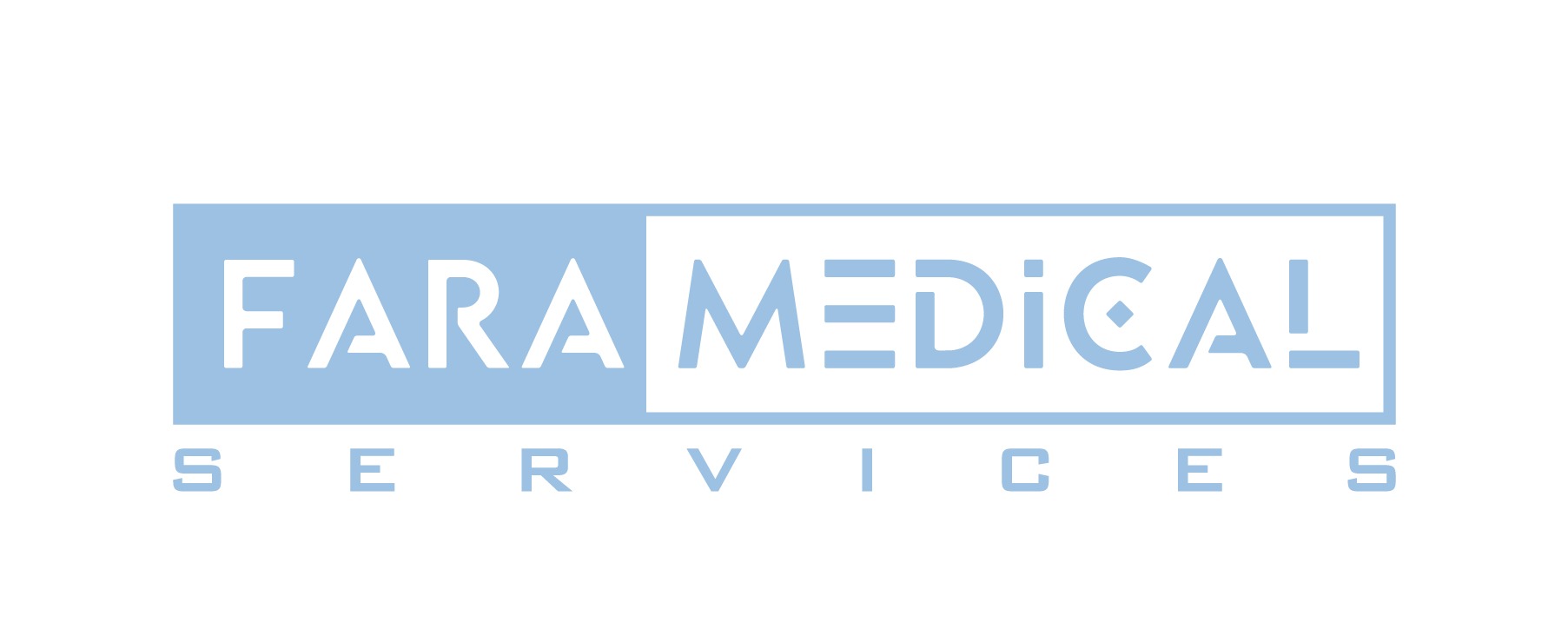We all carry a part of ourselves from childhood – a playful, curious, and sometimes wounded inner child. This inner child holds onto our earliest experiences, shaping our emotional responses, self-esteem, and relationships in adulthood. While positive experiences contribute to a resilient inner child, unresolved negative experiences can leave emotional wounds that linger.
This blog post delves into the concept of inner child work, a powerful approach to healing from childhood wounds and fostering emotional growth. We’ll explore how to connect with your inner child, identify areas for healing, and introduce practical exercises to guide you on your journey.
The Significance of the Inner Child
Our inner child represents the emotional core shaped by our early experiences with caregivers, family dynamics, and the environment. Positive experiences like feeling loved, supported, and secure contribute to a nurtured inner child who feels confident and worthy.
However, childhood neglect, abuse, trauma, or even a lack of emotional attunement can leave wounds that manifest in adulthood as:
- Low self-esteem: Feeling unworthy, insecure, or not good enough.
- Difficulty with intimacy: Fear of closeness, commitment issues, or unhealthy relationship patterns.
- Emotional dysregulation: Struggling to manage anger, sadness, or frustration.
- People-pleasing tendencies: Prioritizing others’ needs over your own.
- Inner critic: A harsh internal voice that judges and criticizes.
- Inability to set boundaries: Difficulty saying no or allowing others to disrespect your needs.
By acknowledging and addressing these wounds, we can nurture our inner child and cultivate a more whole and integrated self.
Connecting with Your Inner Child
The first step in healing is connecting with your inner child. This can feel challenging at first, but with practice, you can establish a safe and compassionate space for exploration. Here are some ways to begin:
- Meditation: Quieting your mind through meditation allows you to access deeper emotions and connect with your inner child.
- Journaling: Write freely about memories, both positive and negative. Pay attention to emotions that surface and explore what your younger self might have needed in those moments.
- Visualization: Imagine yourself as a child. Ask yourself what your younger self might be feeling, what they might need from you now, or what message they might have for you.
- Inner Child Imagery: Use art therapy techniques to express your inner child’s emotions and experiences.
● Play Therapy Techniques: Activities like playing with dolls, coloring, or building with blocks can help tap into your inner child’s world and unlock hidden emotions.
Identifying Areas for Healing
As you connect with your inner child, certain themes or experiences may stand out. These could be areas where your inner child feels hurt, scared, or unseen. Here are some prompts to guide you:
- What are recurring negative thoughts or beliefs you have about yourself? ● What situations trigger feelings of anger, sadness, or anxiety?
- Are there unmet needs from your childhood that still resonate with you today? ● Do you have difficulty expressing your emotions in healthy ways?
By pinpointing these areas, you can begin to focus your healing efforts.

Exercises for Inner Child Healing
Now that you’ve connected with your inner child and identified areas for healing, you can embark on the journey of nurturing and reparenting. Here are some exercises to guide you:
- The Inner Child Letter: Write a letter to your inner child from your adult self. Express love, acceptance, and understanding. Acknowledge their pain and offer words of comfort and support.
- Inner Child Visualization with Positive Reparenting: Revisit a negative childhood memory in your mind’s eye. This time, visualize a safe and supportive adult figure (perhaps your present self) intervening and offering comfort and protection to your younger self.
- The Forgiveness Exercise: While forgiveness doesn’t excuse the actions of others, it can be a powerful tool for letting go of anger and resentment. Write a letter to the person who hurt you, expressing your feelings and then practicing forgiveness for their actions and for yourself for holding onto that pain.
- Inner Child Affirmations: Create positive affirmations that address your inner child’s core needs. Repeat these affirmations daily, such as “I am loved,” “I am safe,” “I am worthy,” or “It’s okay to feel my emotions.”
- Inner Child Activities: Engage in activities you enjoyed as a child, such as playing games, coloring, listening to comforting music, or spending time in nature.
Remember: Healing is a journey, not a destination. Be patient with yourself and celebrate your progress, no matter how small. If you find these exercises
Honoring Your Inner Child: Healing Wounds from Childhood (continued)
Remember: Healing is a journey, not a destination. Be patient with yourself and celebrate your progress, no matter how small. If you find these exercises challenging or overwhelming, seeking professional help from a therapist experienced in inner child work can be invaluable.
Benefits of Inner Child Work
By nurturing your inner child, you can unlock a range of positive benefits:
- Improved self-esteem: You begin to see yourself with compassion and acceptance, fostering a stronger sense of self-worth.
- Healthier relationships: You develop the capacity for more fulfilling and authentic connections with others.
- Emotional regulation: You learn to manage your emotions in healthy ways, reducing stress and anxiety.
● Increased self-compassion: You develop greater empathy and understanding for yourself, allowing you to navigate life’s challenges with more resilience.
● Greater creativity and joy: Reconnecting with your playful inner child can spark creativity, enhance your zest for life, and bring more joy into your daily experiences.

Fara Medical Services: Your Partner in Healing
At Fara Medical Services, we understand the profound impact of childhood experiences on our emotional well-being in adulthood. Our team of compassionate therapists can guide you through the inner child work process, providing a safe and supportive space for exploration and healing. We offer:
- Individual Therapy: Our therapists utilize various techniques, including inner child work, to help you understand your past, heal from emotional wounds, and cultivate self-compassion.
- Trauma-Informed Therapy: If you experience childhood trauma, our therapists use specialized approaches to address the impact of those experiences and promote healing.
- Mindfulness Techniques: Learning mindfulness practices can help you become more aware of your emotions and cultivate a sense of calm and acceptance. ● Support Groups: Connecting with others who are on a similar healing journey can provide valuable support and understanding.
Taking the First Step Towards Healing
Healing your inner child is an empowering journey of self-discovery and emotional growth. If you’re ready to embark on this path, we encourage you to reach out.
Contact Fara Medical Services Today
Call us at +1 (240) 606-9176 or visit our website at www.faramedservices.com to schedule a consultation. Together, we can explore the possibilities of inner child healing and help you create a more fulfilling and joyful life.
Remember, you are not alone. Many people carry wounds from childhood. With courage, self-compassion, and the right support, you can heal those wounds and cultivate a stronger, more resilient you.
Additional Resources
- The National Association for Child Development https://www.nacd.org/: https://www.nacd.org/ offers resources and information on healthy child development.
- The National Child Traumatic Stress Network https://www.nctsn.org/: https://www.nctsn.org/ provides resources and support for those impacted by childhood trauma.
- The Inner Child Institute https://www.youtube.com/watch?v=XUNFaS8oa_Q: https://www.youtube.com/watch?v=XUNFaS8oa_Q offers information and resources on inner child work.
By taking steps to heal your inner child, you invest in your emotional well-being and pave the way for a brighter future. You deserve to feel whole, loved, and empowered to live your best life.

